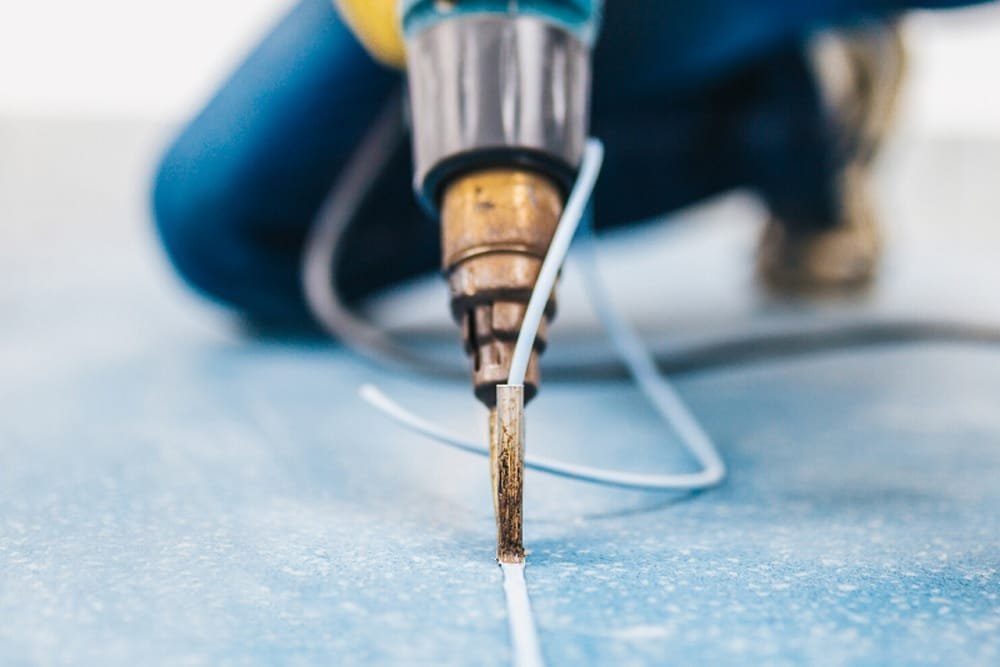You might not realize it, but plastic welding is one of the most common manufacturing techniques out there. With the prevalence of plastic in the modern world, it is unsurprising why it would be so popular, especially with such a strong focus on trying to be more efficient and streamlined within the factories. The uses can be varied and are used in a variety of sectors as technology begins to take over.
What is it?
Plastic welding is the fusion of semi-completed bits of plastic to help present a finished product. It can be used to create complex shapes or even something as simple as plastic piping as companies looking to maximize efficiency and reduce their own personal waste. They can help to create air tight pockets that other methods can’t provide and in many ways, it has become the most common method of bonding plastic as it overcomes some of the issues presented by other methods e.g. metal fasteners and adhesive bonding. To do this, a plastic welding gun is used to merge the pieces together and make something more useful and viable for the future.
Construction
Unsurprisingly, something like plastic welding would have been used in construction as many new properties need to be hygienic and sustainable. Quite often, it will be used to create structurally sound plastic pipes that are intended to prevent leaks within the property. The welding technique makes the pipes less porous, and as a result, it makes them far less likely to encounter issues further down the road.
Marine
Boats also make use of plastic welding as it is more durable than metal and is less likely to suffer any significant damage from rust and corrosion after extended contact with seawater. The plastic content reduces the need for constant maintenance and becomes more cost-effective, resulting in far greater production values. Due to being lighter and more durable than metal counterparts, they are just a better alternative in the long run. Even when used as piping within the vessels themselves, they help to protect the purity of the water running within due to being less likely to spring a leak.
Recycling
Plastic welding can also help to reduce the carbon footprint of a company and reduce wastage, as it is a key component in recycling old plastics. Whether it is old previously thrown away bits of plastic or even just parts that have split, they can be welded back together and remade into something more useful. As such, it means that companies that use plastic welding are less wasteful, and more importantly, it reduces the cost of constantly having to source new materials as they will have a reasonable supply that can keep being reused. This is more cost-effective as a company makes plastic a very valuable resource in the long term.
Although it might seem unlikely, plastic welding seems to be the way of the future, with various materials getting scarcer and, as a result, more costly. If you can keep the cost down, then it is a viable way forward and will continue to be used in as many industries as required.

